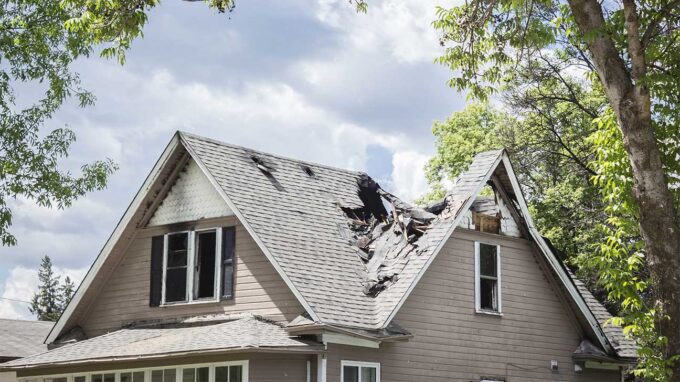The statute of limitation is the essential factor that defines an injury case procedure. The law encompassing the statute of limitation deals with the amount of time within which the injured must present the case of an accident in court based on the date of the injury. Suppose one has suffered a considerable amount of loss from a burn injury. In that case, one must consult Los Angeles burn injury attorney as soon as possible to know all the procedures involved in a fair compensation settlement. Access to this link for more information.
There are, however, different time limits after which a personal injury case presented in the court will be declared null and void. In Los Angeles, the statute of limitation varies according to the nature of different injuries.
Purpose Of Creating Statute Of Limitation
The primary purpose of creating a statute of limitation law is to ensure that all personal injury claims are presented in court within an appropriate time. Delay of such cases would lead to significant complications in court proceedings as the eyewitness memory might fade over time, or it would become hard to gather all the essential evidence.
Statutes Of Limitation For Various Personal Injuries:

Source: mylawcompany.com
As mentioned earlier, the statute of limitation varies with the nature of the accident. The deadlines for various personal injury lawsuits are discussed below:
Burn Injury:
The court offers the victim two years to file a lawsuit from when the burn injury occurred. For example, if one has suffered a third-degree burn in a workplace, the victim has two years to move to court for a rightful compensation claim.
General Personal Injury:
The statute of limitation for general personal injury is two years counting from the accident date. The most common cases of such injury include motorcycle accidents, pedestrian accidents, car accidents, accidents and damages caused due to defective products, and many more, which are caused as a result of the negligence of some other party who owed a duty of care to the victim. However, one would only be eligible for the court hearing if the lawsuit is filed within two years from the date of injury.
Property Damage:

Source: florinroebig.com
Many personal injuries also include damage to the victim’s property and severe injuries. In such cases, the statute of limitation is three years, within which one can file a lawsuit encompassing the damages caused to the individual’s property.
Wrongful Death:
The statute of limitation for wrongful death cases is two years. But this is not counted from the date of injury. For example, suppose a person sustained severe damage from a car accident due to a third party’s negligence and dies later. In that case, the two-year time period doesn’t begin from the date of the accident but the date the person died.
But this is not so simple; there are several exceptions that one needs to know. If a family is unaware of a wrongful death and discovers it later, the countdown will start from the date of discovery and not when the person died.
Medical malpractice

Source: yourpghlawyer.com
Medical malpractices are not something that can be discovered immediately. The process of discovery might take some time. As the statute of limitation for filing medical malpractice injury lawsuit is one year, the clock begins from the date of the discovery. However, the watch can be up to three years from the date of the injury as it would lose its relevance and witnesses. Therefore in such cases, the victim needs to take action as soon as possible without delaying filing a claim.
Wrongful Birth:
This, however, comes under a particular type of medical malpractice. A wrongful birth lawsuit can be passed if a health professional or a doctor fails to diagnose a severe congenital disability in a growing fetus, thereby making the parents unaware of the situation, ultimately preventing necessary decisions. In such cases, the statute of limitation is six years.
Child Sexual Abuse:

Source: boltburdonkemp.co.uk
As child sexual abuse is not always immediately discovered, the law provides an extended statute of limitation to file a lawsuit against the party who caused them harm or injury. The child abuse victim can take the case to court before one turns 40 or within five years from the date, it is discovered that child abuse or sexual abuse has taken place.
Statute Of Limitation In Suing A Government Agency
The process is partially different if one wants to sue a government institution. In the very first step, one needs to file a special claim, also known as an administrative claim, within six months from the date of the incident. If the agency has rejected it, the individual can file a lawsuit in civil court within two years from the date of injury.
Some Exceptions To The Statute Of Limitation:

However, there are some exceptions to this statute of limitation passed by the law where it can be suspended for some period or tolled; such situations include
Injury To A Minor:
One under 18 years is barred from the legal proceedings from deciding on their own. Therefore, in such circumstances, the statute of limitation is paused until the minor reaches 18 years of age. After this, the countdown begins.
Injury Claims by Victims Of Crime:
The law offers the victim of crime more time to file a lawsuit. The victims get one year from the defendant’s adjudication date to file a claim. However, in the case of more serious crimes, including murder or rape, the victim gets ten years from the completion of their prison sentence.
Other Exceptions:
For claims against defendants who have been declared mentally unstable, are out of the state, or are in prison, the statute of limitation is suspended until they are declared fit or the condition is no longer valid.
Final Thoughts
Therefore it is essential to hire a personal injury attorney who is well-versed in all the court proceedings and regulations and has prior experience handling similar cases. They will not only assist the victim in negotiating the compensation but also provide critical advice and collect evidence to offer justice for the severity of the damage or the injury caused.







